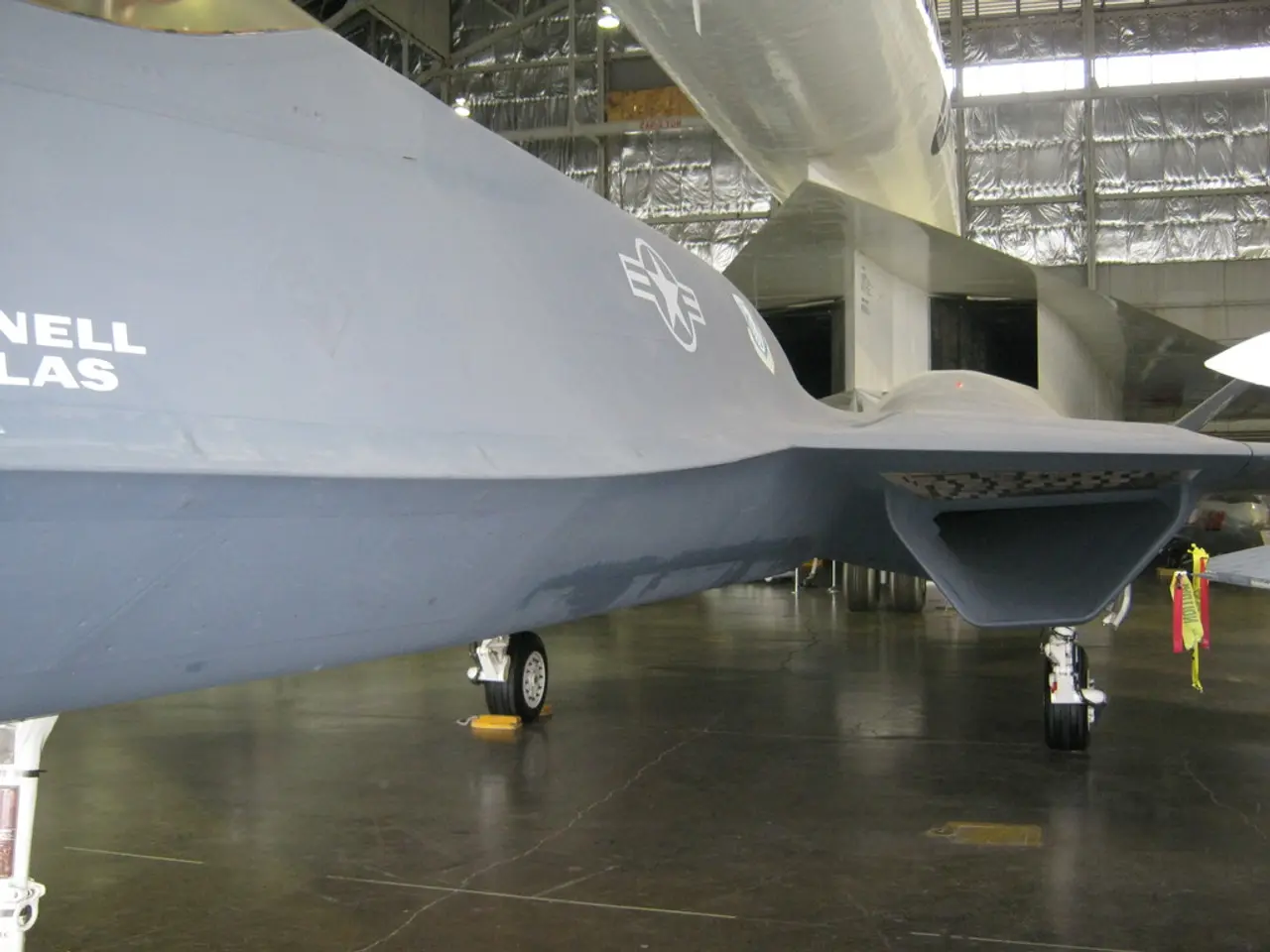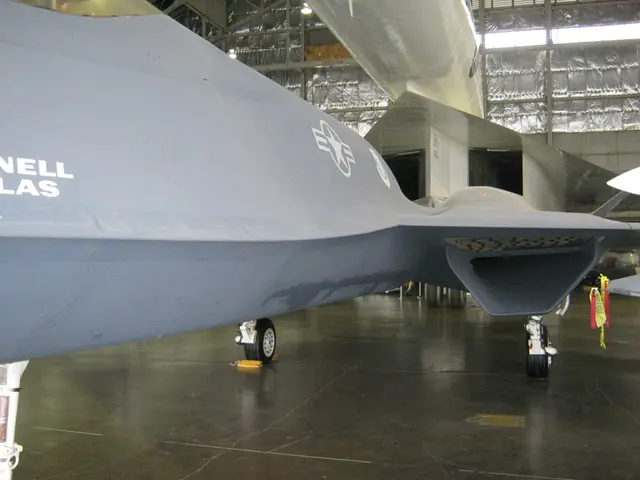U.S. Flight Speed Could Potentially Be Re-introduced at Sonic Levels
In a significant move for the aviation industry, President Trump signed an Executive Order titled "Leading the World in Supersonic Flight" on June 6th, 2025. This order directs the Federal Aviation Administration (FAA) to repeal 14 CFR 91.817 within 180 days, a regulation that has prohibited civilian flight beyond Mach 1 over the United States without prior authorization since 1973.
The repeal of 14 CFR 91.817 marks a shift from a strict supersonic speed ban towards a noise-based standard, which will set noise thresholds for takeoff, landing, and en-route supersonic operations based on operational testing and real flight data. This change is expected to have a profound impact on the development and certification of low-boom supersonic aircraft.
The History of Supersonic Flight
The pursuit of supersonic air travel dates back to the 1960s, with the Soviet Union also starting developments on their own SST, the Tupolev Tu-144. However, supersonic air travel turned out to be a luxury that only a relatively few could afford. The Concorde, a supersonic transport plane jointly developed by France and Britain, was the only SST to achieve successful commercial operation, conducting nearly 50,000 flights between 1976 and 2003.
Despite its success, the Concorde's demand among airlines was slipping by the 1970s, with only 76 orders on the books when it was ready to start flying passengers. The FAA's enactment of 14 CFR 91.817 in 1973 further hindered the growth of supersonic air travel in the United States.
The Future of Supersonic Flight
In recent years, there have been promising developments in creating "low boom" supersonic aircraft, such as the Lockheed Martin X-59 and Boom Supersonic's designs. These aircraft aim to significantly reduce the loudness of sonic booms, enabling supersonic flight over land without causing disruptive noise.
NASA's Lockheed Martin X-59, for example, employs a unique airframe shape that prevents shock waves from merging into a traditional loud sonic boom, instead producing much quieter sonic "thumps" that are intended to be minimally disruptive on the ground. Boom Supersonic's Boom Overture is a commercial supersonic airliner designed to cruise at Mach 1.7 with a range suitable for transatlantic flights, aiming to significantly reduce flight times for passengers.
The repeal of 14 CFR 91.817 will enable these low-boom supersonic aircraft to seek certification and commercial operation over US land areas. The collection of robust noise data from the new generation of low-boom aircraft will guide FAA regulations to balance public noise concerns with facilitating innovation in supersonic travel.
This change could accelerate the return of supersonic passenger flights over populated areas in the continental US, which have been banned for decades. It could also open up possibilities for other specialized flights, such as medical transport, to operate over land using supersonic aircraft.
In summary, advances in aircraft design and computational modeling are delivering low-boom supersonic aircraft capable of flying over land without disruptive sonic booms, and the regulatory shift away from a strict supersonic speed ban towards noise-based standards is critical to enabling the practical deployment and certification of these aircraft.
The repeal of 14 CFR 91.817 will potentially catalyze investments in the aerospace industry, as it offers opportunities for companies developing low-boom supersonic aircraft like the Lockheed Martin X-59 and Boom Supersonic's Boom Overture to seek certification and commercial operation within the United States. Such investment in technology could further stimulate advancements in supersonic flight, potentially impacting the finance sector as well, as growth in this area could drive new market opportunities.
With the significant move toward supersonic flight over populated areas, the industry may witness a revival, bringing changes not only to aviation but also to other sectors that depend on efficient travel, such as finance, logistics, and commerce.








